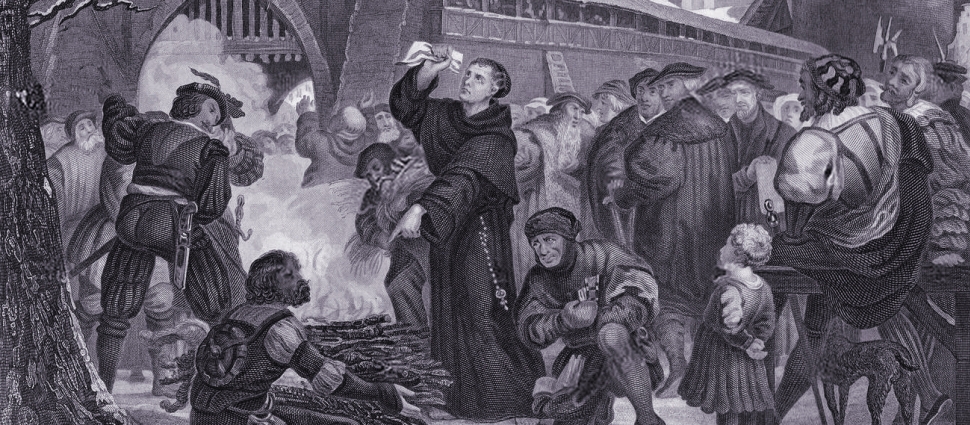What Revival Looks Like

July 9, 2007
George Whitefield knew a thing or two about revival although, I suppose, no man is an expert. Under his preaching untold numbers of men and women were moved to repentance and faith by the power of the Holy Spirit. His ministry had taken him on the long journey to the American colonies more than once. He had established an orphanage in Georgia and preached throughout the New World. He preached with unusual power. Benjamin Franklin, who was quite fond of Whitefield, once estimated that the preacher’s voice could be heard outdoors by 30,000 souls. During his ministry in the colonies, more people had heard George Whitefield speak than any other person. He may well have been the most famous person in the English speaking world.
In 1742 while Whitfield was preaching throughout Scotland his influence was strongly felt in the regions of Cambuslang and Kilsyth. For decades, these parishes had been experiencing a spiritual drought. A pastor from Kilsyth described the spiritual condition of his parish:
"Former strictness as to holiness and tenderness of life was much relaxed…a formal round of professional duties was the religion of the professors…and as to the multitude they were visibly profane…Things were become so bad with us that there were few that we, the ministers of the word, could comfort as believers in Christ…when we found them a-dying."
Then God began to move in ways that had not been witnessed in those regions for generations. Evangelical pastors serving there were fired by the inspiration they received from Whitfield as he preached in Glasgow. The Reverend William McCulloch of Cambuslang, writing nine years after the work of revival began, described it this way:
“This work…embraced all classes, all ages, and all moral conditions. Cursing, swearing and drunkenness were given up by those who had come under its power. It kindled remorse for acts of injustice. It won forgiveness from the vengeful…It bound pastors and people together with a stronger bond of sympathy. It raised an altar in the household…It made men students of the Word of God and brought them in thought and purpose and effort into communion with their Father in heaven.”
This is what revival looks like. It is not about trembling bodies and ecstatic experiences. It is not something we conjure up or create by wearing down people’s inhibitions. It is the sovereign work of God granted to whom He pleases when He pleases. But God uses means. And history testifies that revival is accompanied by 1) a recovery of God’s Word in the pulpits 2) a renewing of the centrality of the Gospel 3) a common commitment to prayer and 4) a renewed reverence for God in worship. In reading about revivals in the 16th, 17th, 18th, 19th, and 20th centuries, these four traits appear with unwavering regularity. In fact, I have been amazed at how the accounts of genuine revival all seem to read the same. So when we see the church recovering the Scriptures and the Gospel, praying with fresh fervency, and gaining a deeper reverence for God then look up and give thanks, for God is blessing His people.
blessings,
todd
In 1742 while Whitfield was preaching throughout Scotland his influence was strongly felt in the regions of Cambuslang and Kilsyth. For decades, these parishes had been experiencing a spiritual drought. A pastor from Kilsyth described the spiritual condition of his parish:
"Former strictness as to holiness and tenderness of life was much relaxed…a formal round of professional duties was the religion of the professors…and as to the multitude they were visibly profane…Things were become so bad with us that there were few that we, the ministers of the word, could comfort as believers in Christ…when we found them a-dying."
Then God began to move in ways that had not been witnessed in those regions for generations. Evangelical pastors serving there were fired by the inspiration they received from Whitfield as he preached in Glasgow. The Reverend William McCulloch of Cambuslang, writing nine years after the work of revival began, described it this way:
“This work…embraced all classes, all ages, and all moral conditions. Cursing, swearing and drunkenness were given up by those who had come under its power. It kindled remorse for acts of injustice. It won forgiveness from the vengeful…It bound pastors and people together with a stronger bond of sympathy. It raised an altar in the household…It made men students of the Word of God and brought them in thought and purpose and effort into communion with their Father in heaven.”
This is what revival looks like. It is not about trembling bodies and ecstatic experiences. It is not something we conjure up or create by wearing down people’s inhibitions. It is the sovereign work of God granted to whom He pleases when He pleases. But God uses means. And history testifies that revival is accompanied by 1) a recovery of God’s Word in the pulpits 2) a renewing of the centrality of the Gospel 3) a common commitment to prayer and 4) a renewed reverence for God in worship. In reading about revivals in the 16th, 17th, 18th, 19th, and 20th centuries, these four traits appear with unwavering regularity. In fact, I have been amazed at how the accounts of genuine revival all seem to read the same. So when we see the church recovering the Scriptures and the Gospel, praying with fresh fervency, and gaining a deeper reverence for God then look up and give thanks, for God is blessing His people.
blessings,
todd




